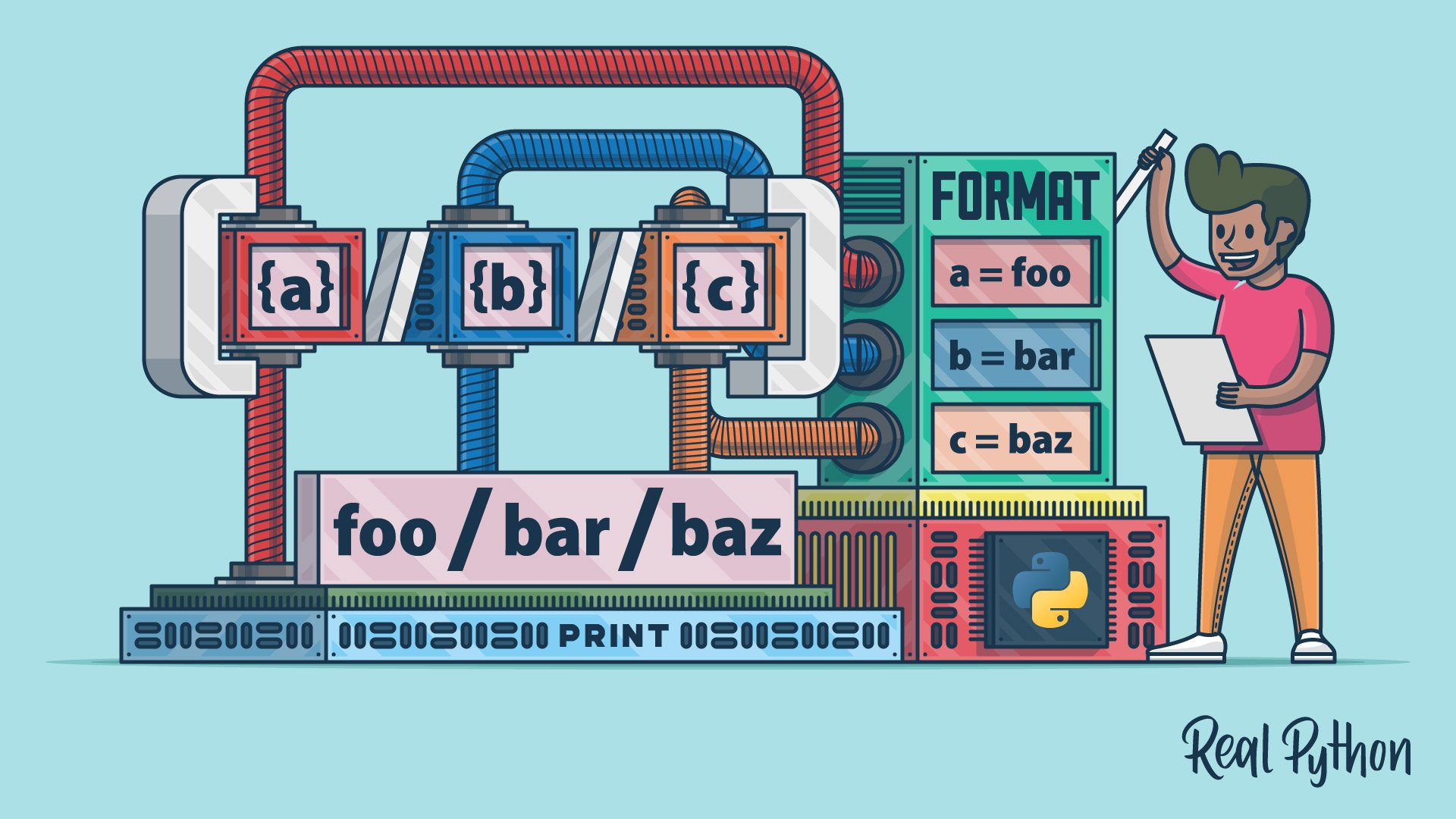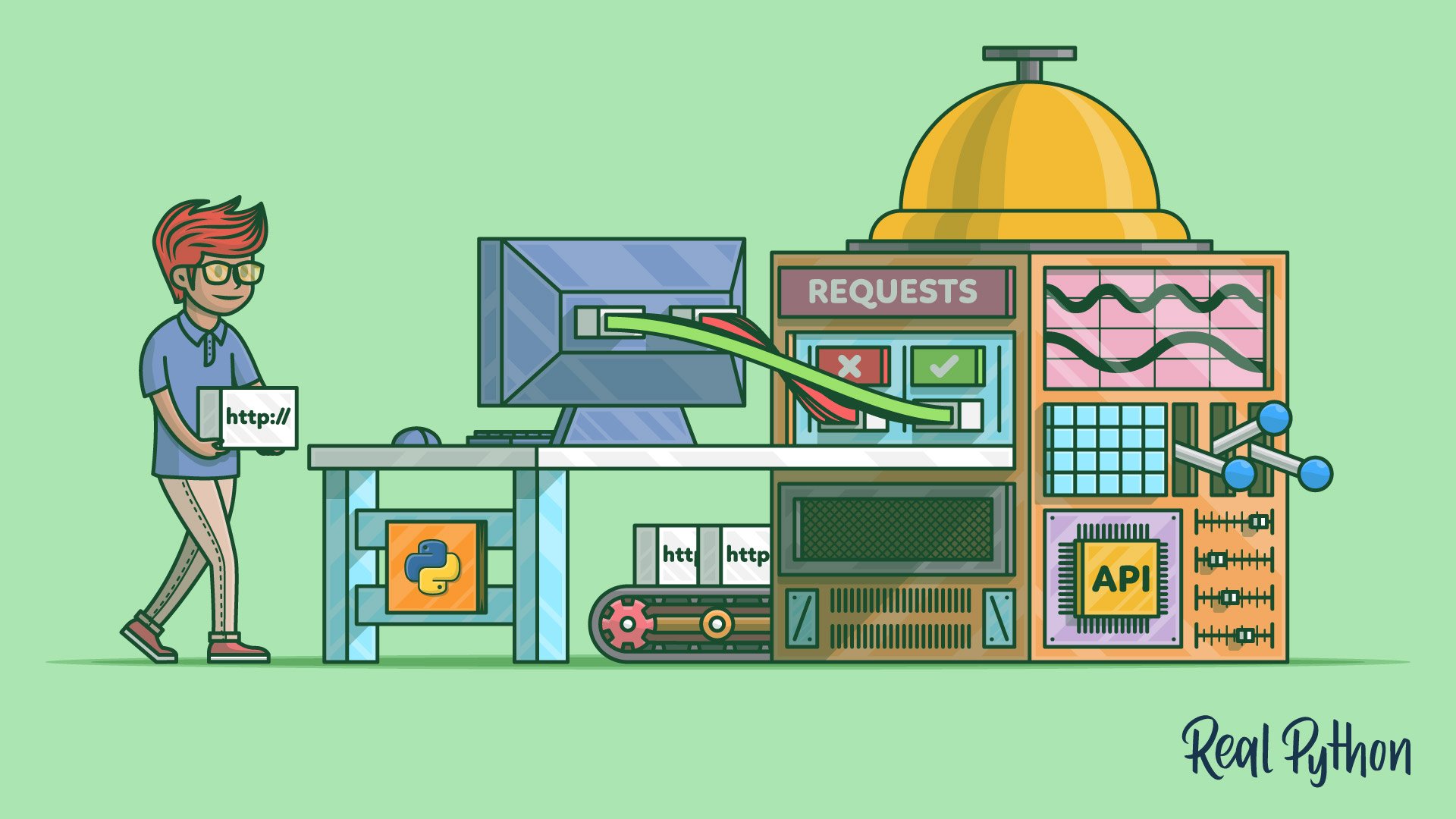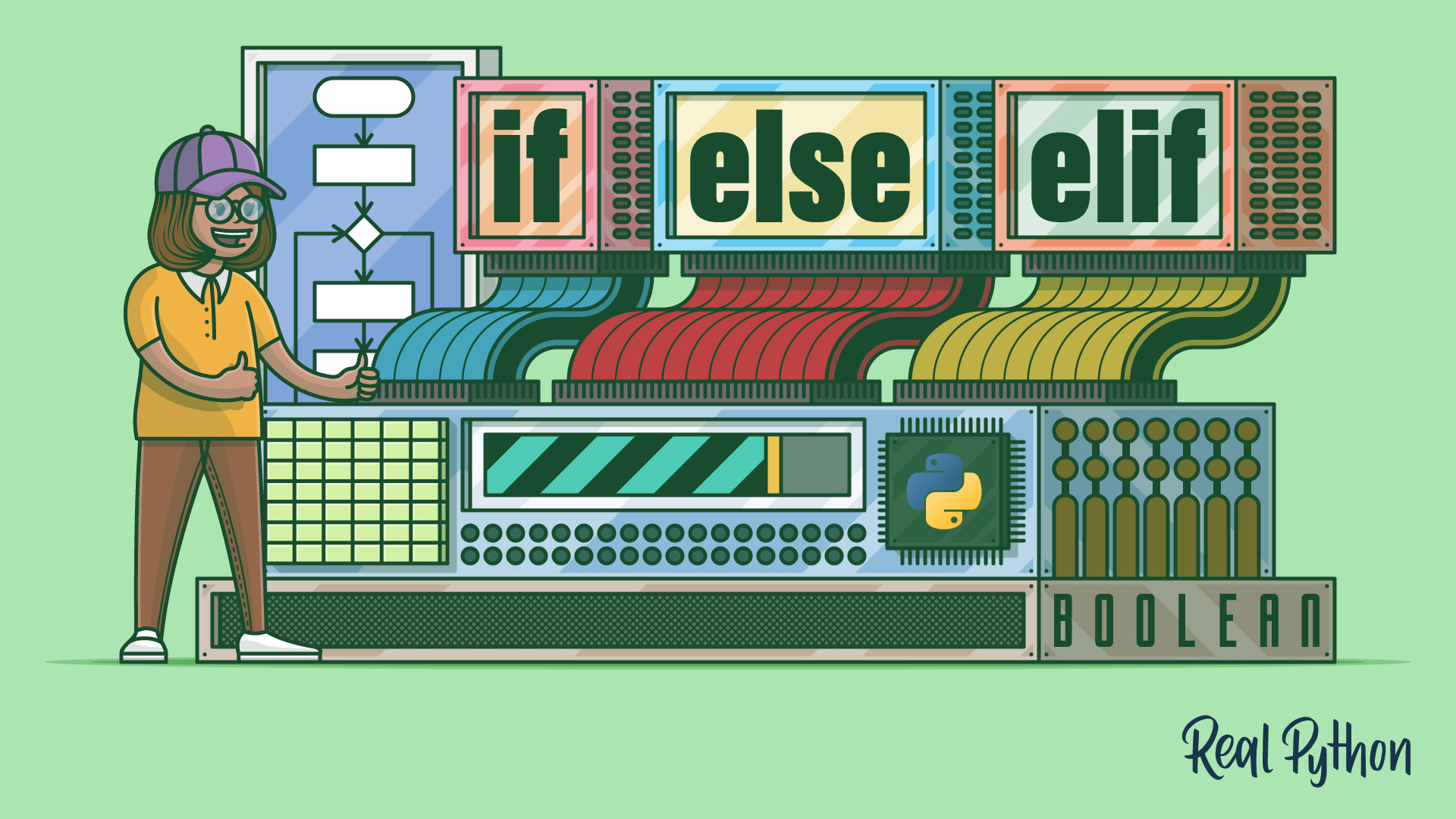If you’re like most Python users, including us, then you probably started your Python journey by learning about print(). It helped you write your very own Hello Horld one-liner. You can use it to display formatted messages onto the screen and perhaps find some bugs. But if you think that’s all there is to know about Python’s print(), then you’re missing out on a lot!
Keep reading to take full advantage of this underappreciated little function. This course will get you up to speed with using Python print() effectively. Prepare for a deep dive as you go through the sections. You may be surprised how much print() has to offer!
By the end of this course, you’ll know how to:
- Avoid common mistakes with Python’s
print() - Deal with newlines, character encodings, and buffering
- Write text to files
- Mock
print()in unit tests - Build advanced user interfaces in the terminal
Note: print() was a major addition to Python 3, in which it replaced the old print statement available in Python 2.
There were a number of good reasons for that, as you’ll see shortly. Although this tutorial focuses on Python 3, it does show the old way of printing in Python for reference.
What’s Included:
- 13 Lessons
- Video Subtitles and Full Transcripts
- 2 Downloadable Resources
- Accompanying Text-Based Tutorial
- Interactive Quiz to Check Your Progress
- Q&A With Python Experts: Ask a Question
- Certificate of Completion
Downloadable Resources:
Related Learning Paths:












Simon Keating
Thank you for the course, lots of great new directions to explore with logging and debugging.